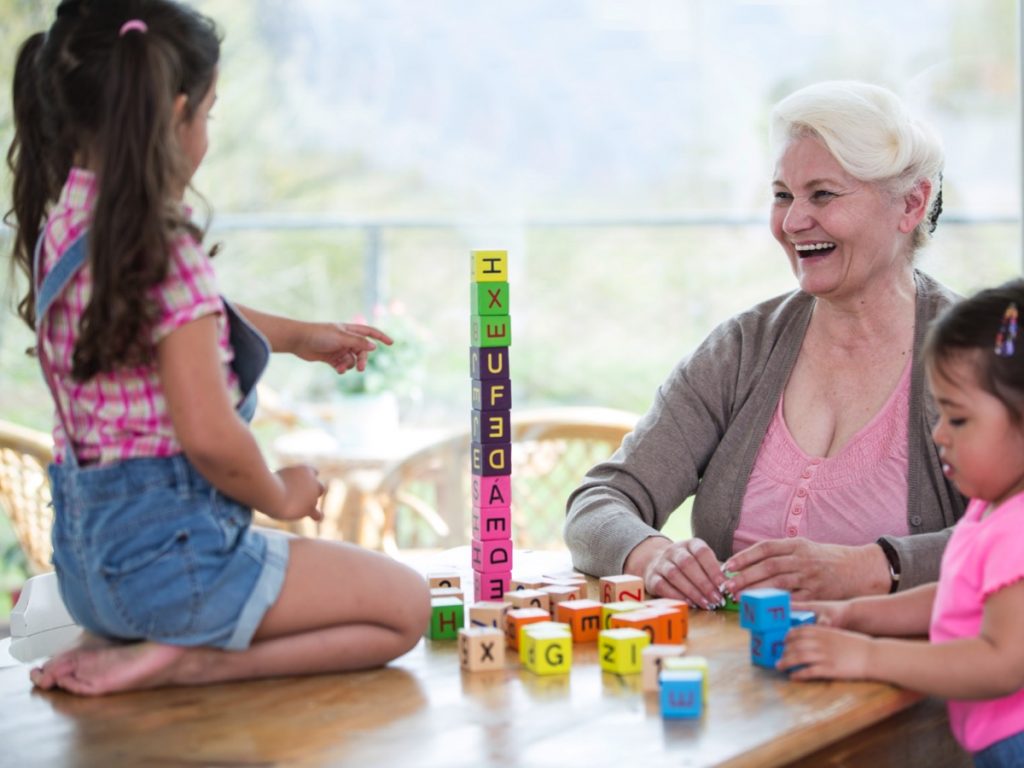
As children develop a more sophisticated understanding of cause-and-effect relations, you can begin to ask them to identify causes and effects. Verbal causal explanations are a great way to improve children’s familiarity with cause-and-effect relations. Explanations can also help build children’s language skills at the same time. For example, build a tower out of blocks and ask the child to remove one of the center blocks. Then ask them, “What made the tower fall over?” See what they come up with on their own first. Then gently guide them through their own experiments to test out their own causal theories. For example, you could next ask them to remove the top-most block and see if the tower falls. Or, you could try building another tower and blowing on it to see if the tower falls over. This kind of changing scenario encourages the child to explore different causal theories. And it provides more support than focusing on whether the child’s theory is right or wrong.
It is important to remember that cause-and-effect is all around us. Children are already learning about the simplest causes and effects in the first few months of life. They can do so by making a mobile move or even dropping a spoon on the floor to see if it makes noise. By the time they are in preschool, children are already proficient causal learners. They are little scientists, ready and eager to explore the causal world.
-
- Intervention
- an action taken on something with the goal of bringing about an effect
- Spatial contact
- when two or more objects touch each other